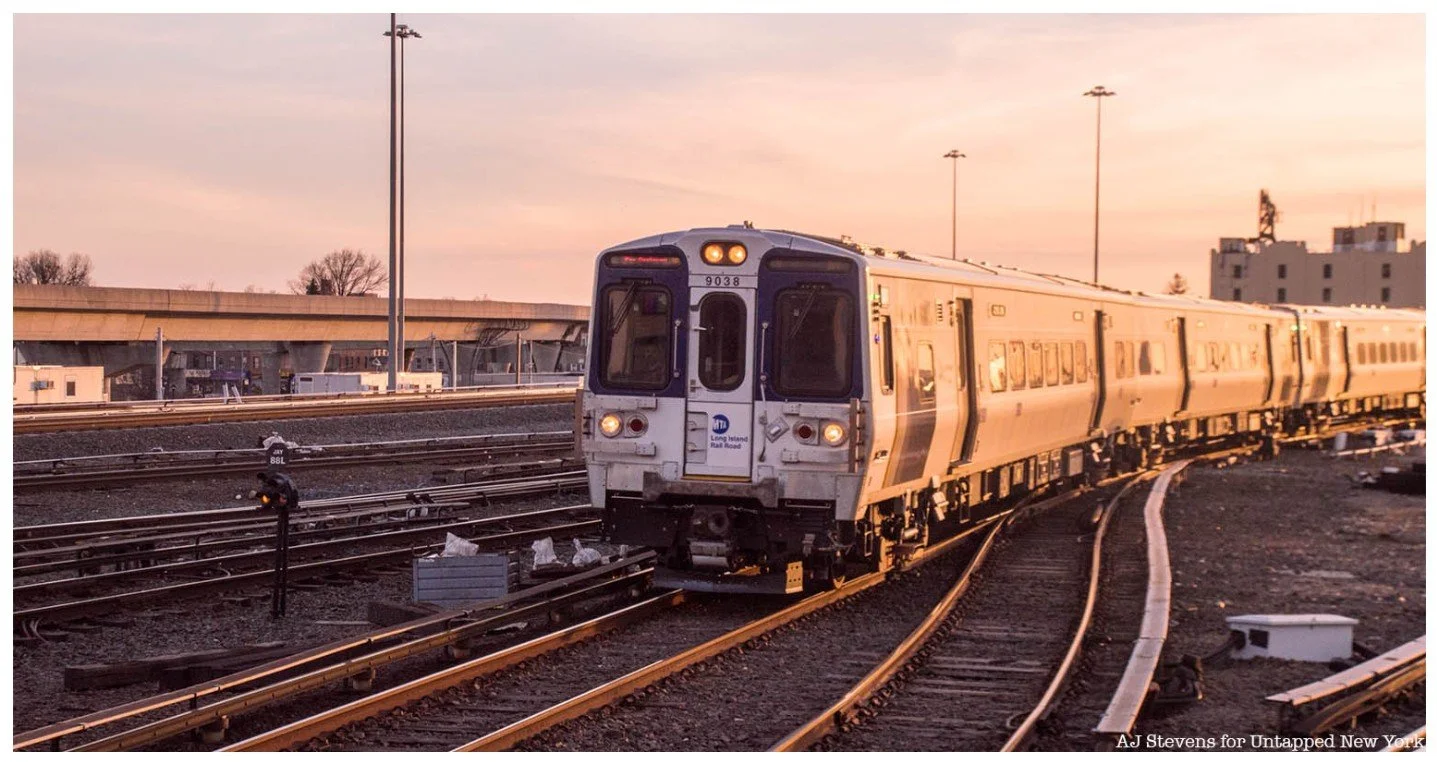The History of the Long Island Rail Road (LIRR)
The Long Island Rail Road (LIRR) is one of the oldest railways in the United States. It began life as the Brooklyn and Jamaica Rail Road (B&J), which was incorporated in 1832 to serve a 10-mile stretch between the City of Brooklyn and the village of Jamaica. However, while the B&J was still just in the planning stages, the railroad’s developers had ambitious plans for a train that ran the entire length of Long Island and connected New York to Boston via a ferry from Greenport. It was thought that this route would out-compete the other obvious route through southern Connecticut because that path would have to cross too many wide streams. By contrast, the LIRR does not have to cross any major streams on its way to Greenport.
With the plans in place for an island-spanning railroad, the Long Island Rail Road was chartered in 1834, and the first section between the Brooklyn waterfront and Jamaica opened in 1836. From there, the train tracks expanded eastward, reaching Hicksville in 1837, Deer Park in 1842, and finally Greenport in 1844. Operation between Brooklyn and Greenport began on July 29th, 1844, and reduced the travel time between New York and Boston from nearly fifteen hours down to eleven.
Long Island’s relatively easy terrain and close connection to New York City meant that construction was fast and easy. Upon completion, the LIRR was one of the first major railroads in the United States. It started service only a few years after the country’s first railroad, the Baltimore and Ohio, commenced, and the system was virtually complete decades before the great railroad tycoons would amass their fortunes in the West. In fact, the name “Long Island Rail Road” is the oldest continually-used railway company name in the United States.







